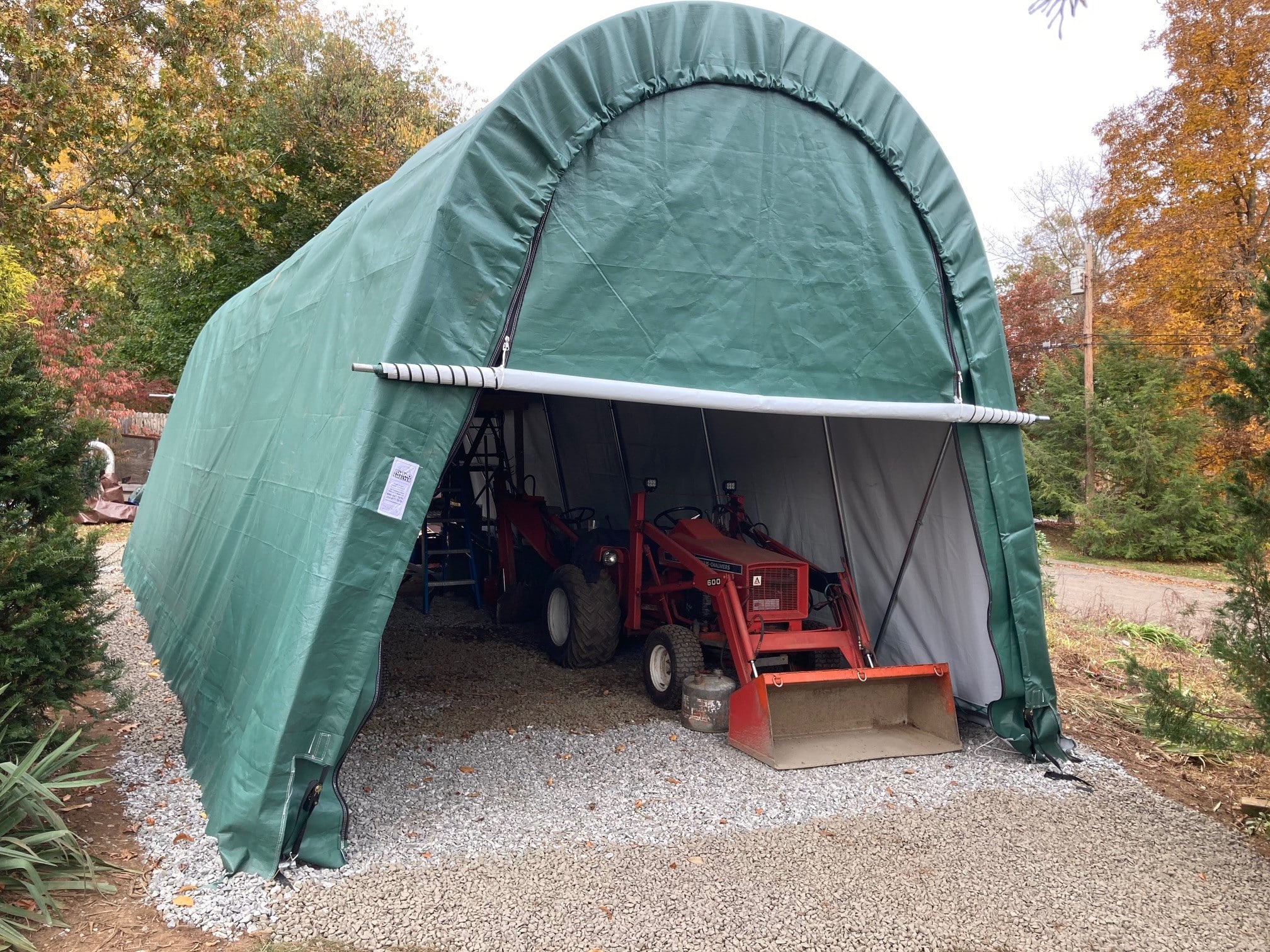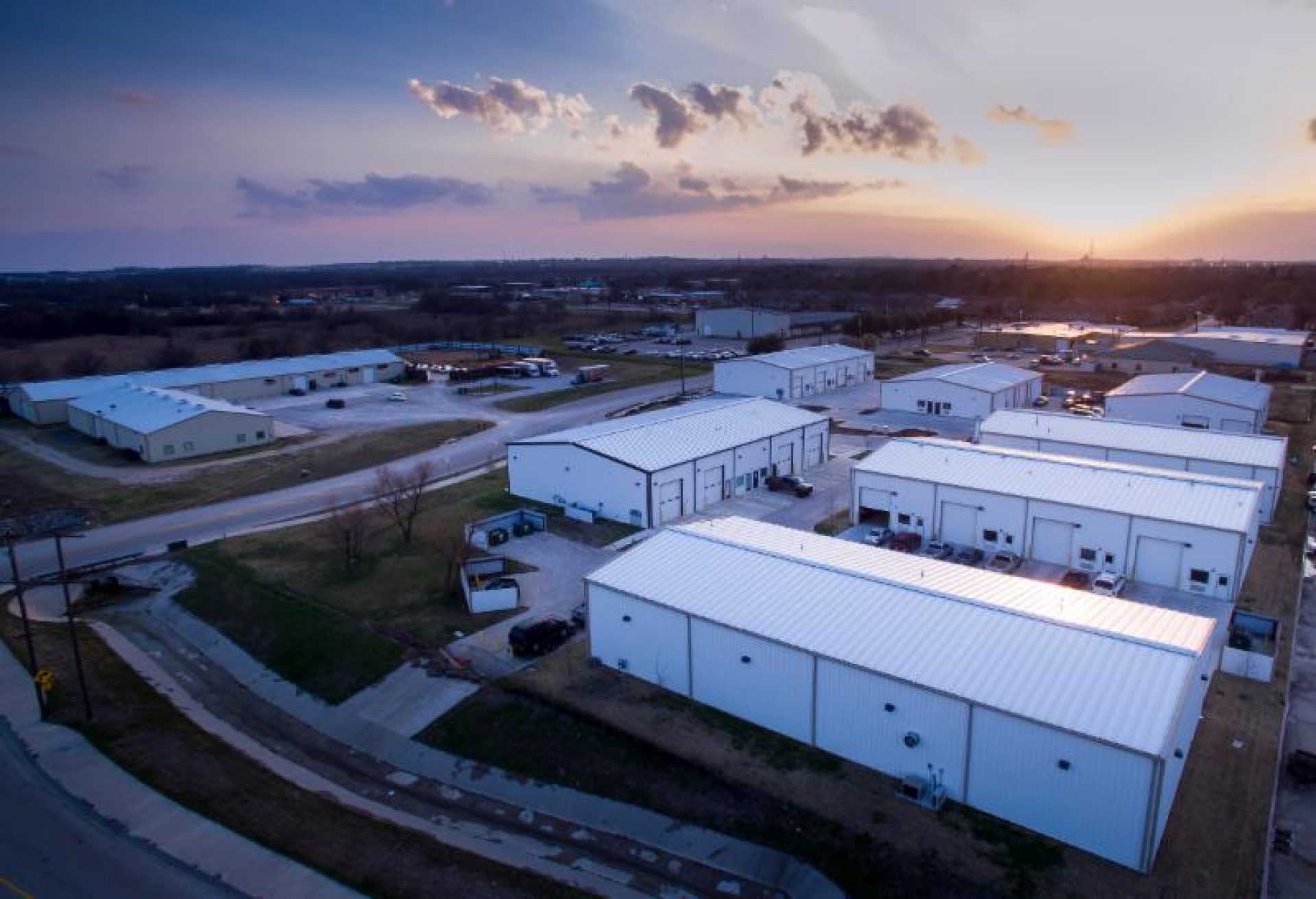
This workflow is most effective for digitizing new content or iteratively updating existing multipatches and requires an active 3D edit session. You can also choose an existing multipatch feature and switch out its current geometry with an updated or new 3D model. The 3D editing environment allows you to interactively place a 3D model into the view as a new multipatch feature class stored within the geodatabase.
Multipatch buildings rhino update#
Interactively place or update a feature using a 3D model It is also effective for layers that use repetitive symbols, such as proposed building tracts with a limited number of housing models. This tool is most effective for a small number of 3D models that are not already georeferenced.

By symbolizing point features using 3D models, the source files can be converted into correctly placed, rotated, and sized multipatch features. The Layer 3D To Feature Class geoprocessing tool converts a symbolized 3D layer into 3D features. Convert symbolized points into a feature class If the models are not georeferenced-for example, they are in a local origin coordinate system centered on (0,0)-a second step to position the features correctly in geographic space is required after importing them. This tool is most effective for large numbers of 3D models that have been correctly georeferenced. The Import 3D Files geoprocessing tool takes a collection of 3D model files and imports each model into a separate multipatch feature. Import 3D models directly into a feature class The files can be imported directly into a feature class, converted from 3D symbology, or interactively placed and updated inside a 3D edit session.Įach of these options is effective for specific use cases and is described in more detail below. There are several ways to import a three-dimensional (3D) model into a multipatch feature class.


Import 3D models directly into a feature class.


 0 kommentar(er)
0 kommentar(er)
